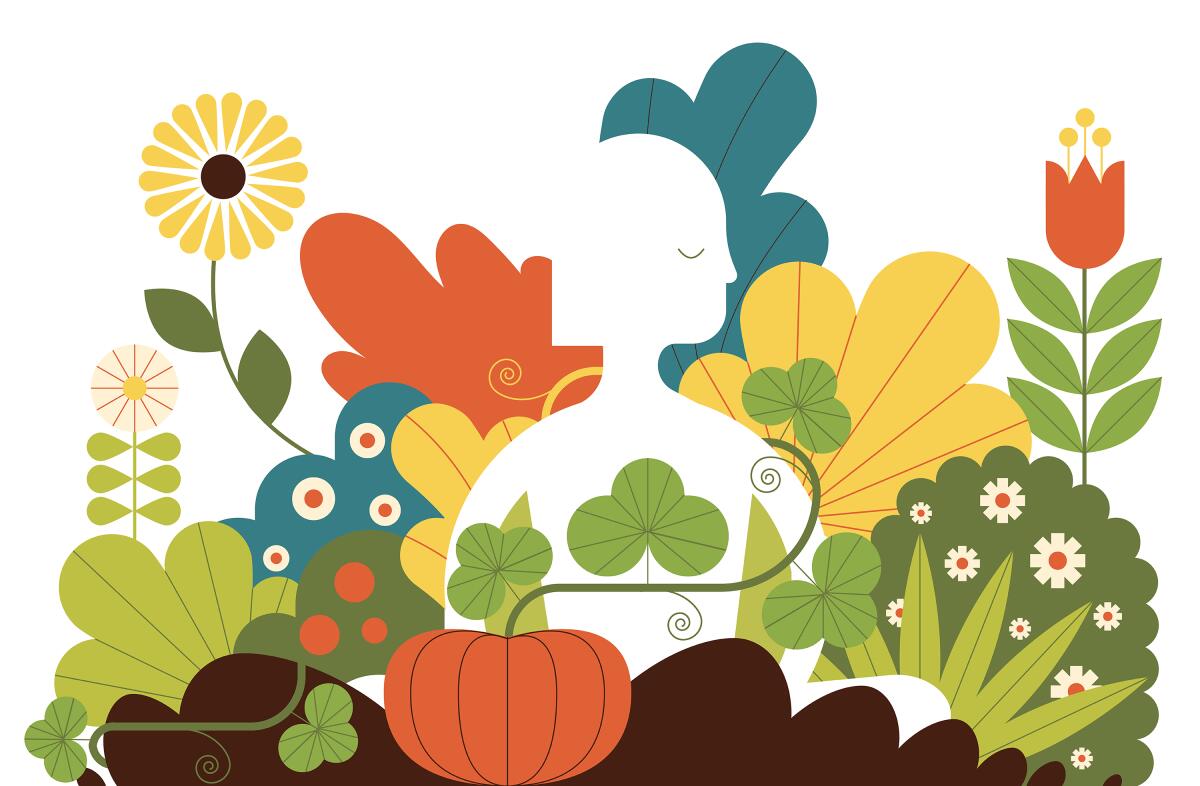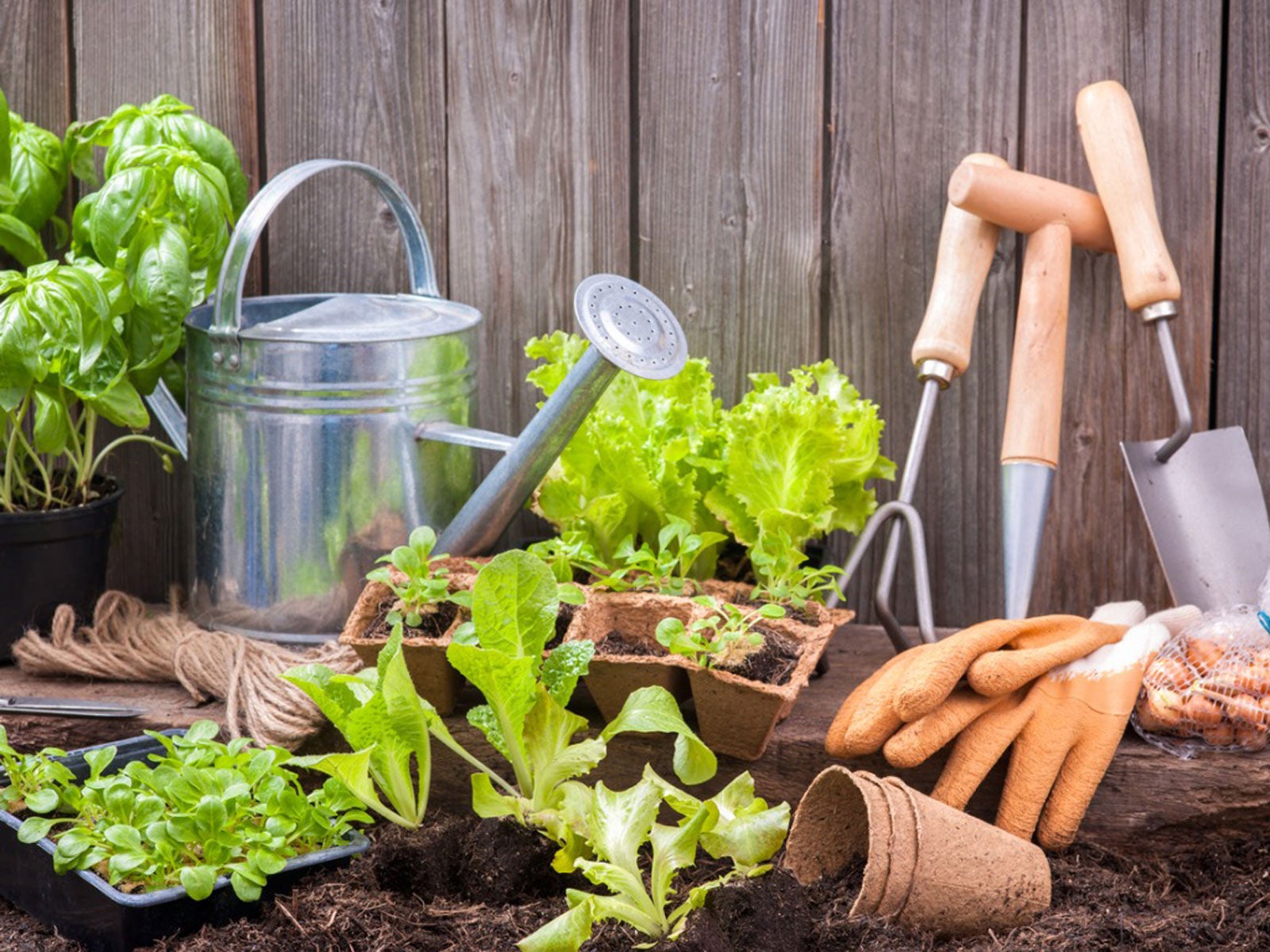Discover the Top Gardening Tips for Prospering Indoor Plants
Discover the Top Gardening Tips for Prospering Indoor Plants
Blog Article
Specialist Gardening Tips for Developing a Lasting and Eco-Friendly Garden
Starting the journey to produce a lasting and green yard involves a collection of purposeful options and methods that not just improve the elegance of your area yet likewise contribute positively to the setting. By selecting native plants that are well-suited to your region, you can lower dependence on chemical plant foods and pesticides while providing vital support to local wildlife. Additionally, incorporating water conservation methods and organic gardening approaches plays an essential function in preserving a healthy ecological community. To uncover more sensible strategies and expert insights, let us check out the crucial elements that specify an environmentally mindful yard.
Choose Indigenous Plants
Selecting indigenous plants for your yard is a fundamental action towards achieving sustainability. Indigenous plants are inherently adapted to the neighborhood climate and soil problems, making them much more resistant to local parasites and illness. This lowers the requirement for chemical pesticides and plant foods, hence lessening ecological influence. Additionally, native plants normally require much less water once established, adding to much more reliable water usage.
Beyond their functional benefits, native plants play a critical duty in supporting regional biodiversity. They give important habitat and food sources for native wildlife, consisting of pollinators such as bees, birds, and butterflies. This fosters a balanced environment, which is crucial for the health and wellness of your garden and the surrounding environment.

Implement Water Conservation
Executing water preservation methods is crucial for maintaining a sustainable garden. Efficient water use not just decreases the ecological impact but also ensures that plants receive sufficient hydration without waste.
Furthermore, mulching is an important method for saving water. By using a layer of natural compost, such as wood chips or straw, around the base of plants, gardeners can reduce dirt dissipation and keep regular dampness levels. Compost additionally aids manage dirt temperature level and subdues weed development, additional adding to plant health and wellness.
Rain harvesting is one more sustainable strategy. Installing rainfall barrels or various other collection systems enables gardeners to save and catch rainwater, which can later be made use of throughout completely dry durations. This not only conserves municipal water but also provides an all-natural, chemical-free resource for watering.
Finally, selecting drought-tolerant plant varieties can significantly reduce water requirements. These plants are adjusted to grow in low-water problems, making them optimal for environment-friendly gardens. gardening tips. Implementing these water conservation methods will certainly promote a resilient, lasting garden
Usage Organic Horticulture Methods

Pest management in a natural yard relies upon incorporated parasite management (IPM) techniques. These include encouraging beneficial insects, using all-natural killers like lacewings and Get More Information ladybugs, and implementing plant turning to interfere with pest life cycles. Companion planting, where particular plants are expanded with each other to fend off bugs or draw in beneficial insects, is one more effective technique.
Weed control is handled through mulching and manual elimination, instead of counting on herbicides. Compost not only suppresses weeds but also preserves dampness and enhances soil health as it damages down. Organic composts, such as straw, wood chips, and leaves, are particularly beneficial.
Develop Wild Animals Habitats
Creating wild animals environments within your yard not only enhances biodiversity yet likewise supports the ecosystem's equilibrium. By creating areas that attract and maintain regional fauna, you can develop a successful micro-ecosystem that benefits both plants and animals. Begin by incorporating indigenous plants, as these are well-suited to your neighborhood climate and provide essential food and sanctuary for wildlife. Native vegetation sustains a variety of insects, birds, and tiny creatures, contributing to the ecological network.
Take into consideration adding a water attribute, such as a pond or birdbath, to supply a consistent water source. Water components attract a range of species, from amphibians to pollinators, improving the garden's vigor. Additionally, mounting birdhouses, bat boxes, and insect hotels supplies safe nesting websites and encourages biodiversity.
Leave some locations of your garden uninterrupted, permitting fallen leave clutter and dropped branches to build up. By focusing on these lasting practices, your garden can end up being a refuge for neighborhood wildlife, advertising ecological wellness and sustainability.
Practice Composting and Mulching
A crucial element of lasting horticulture, composting and mulching, substantially improves dirt health and wellness and minimizes waste. Composting includes recycling organic products such as cooking area scraps, yard trimmings, and leaves. These products disintegrate to develop nutrient-rich compost, which acts as a natural plant food. Unlike artificial fertilizers, compost enriches hop over to here the dirt with valuable microbes and necessary nutrients, promoting a healthier garden ecosystem.
Mulching, on the various other hand, includes covering the dirt surface area with organic or not natural materials, such as straw, timber chips, or shredded leaves. This practice uses several benefits: it saves dirt wetness, suppresses weed development, and moderates soil temperature level. Compost additionally gradually breaks down, including raw material to the soil and additional enhancing its fertility.
To exercise reliable composting, ensure your compost heap has an equilibrium of green materials (abundant in nitrogen) and brownish products (rich in carbon), keeping sufficient oygenation and moisture. gardening tips. Consistently turning the stack increases decomposition. For mulching, use a 2-3 inch layer around plants, ensuring it does not directly call stems or trunks to prevent rot
Verdict

Choosing indigenous plants for your yard is an essential step toward accomplishing sustainability.Additionally, integrating indigenous plants can boost the visual allure of your garden. These plants are adjusted to grow in low-water conditions, making them excellent for eco-friendly gardens. Carrying out these water conservation techniques will certainly cultivate a durable, sustainable garden.
In verdict, establishing a green and sustainable yard entails the tactical option of native plants, the adoption of water preservation techniques, and the application of natural gardening techniques.
Report this page